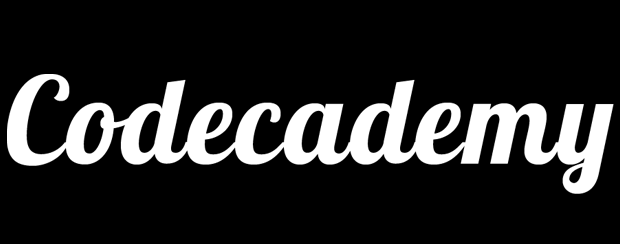The Gettysburg Address is the sort of eloquent speech schoolchildren were once expected to commit to memory, much as they were required to bring apples for the teacher and dip each others’ pigtails in ink. Nowadays, with ever more historical ground clamoring to be covered, it’s really only those celebrated opening lines that tend to stick. No doubt they’ll show up in the Stephen Spielberg-directed Lincoln bio-pic slated to open later this fall.
Stray back in time for a real refresher course, courtesy of erstwhile Hunchback of Notre Dame and Shakespearean wunderkind, Charles Laughton. His soup-to-nuts recitation of the celebrated speech is the unexpected highlight of Ruggles of Red Gap, a 1935 screwball Western that time has relegated to the semi-shadows. It’s a beautifully understated performance that manages to illuminate the meaning of each and every word. (It also makes me more forgiving of the film’s early minutes, when Laughton’s portrayal of a very proper English butler succumbs to a silver-candelabra-up-the-heiner level of broadness.)
Just as impressive is director Leo McCarey’s decision to set the scene atop a giddy vaudeville routine featuring a saloon full of clueless cowboys and barkeeps. It’s a ton of fun.




